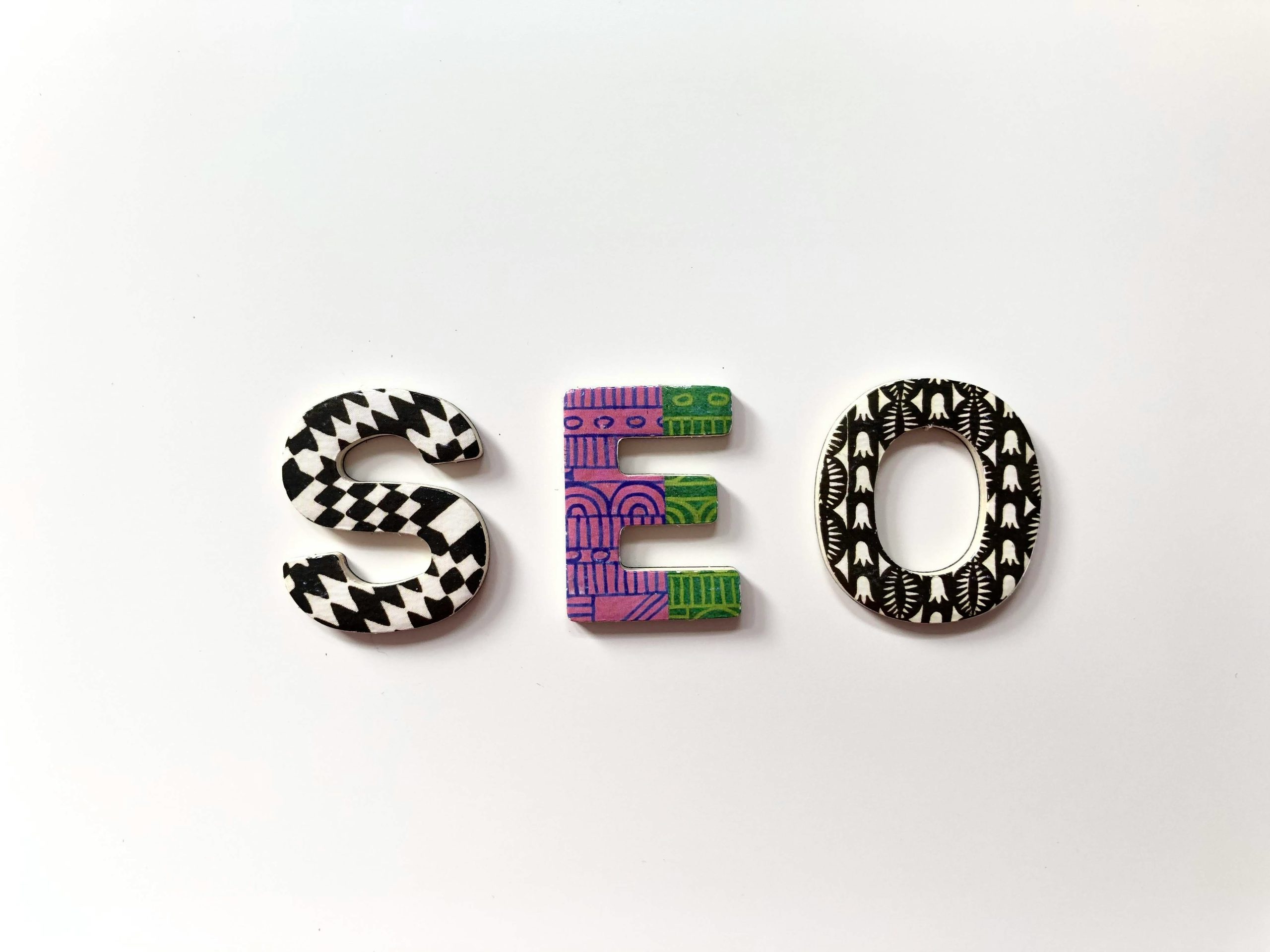Table of Contents
What most people fail to see is that having great flow in writing, especially in writing attention-grabbing SEO-friendly content and finding the most suggestive metaphors and vocabulary to get your message through to the audience are often not enough.
In order to make your website or blog post more visible on the internet or to rank better in search engines’ results, you need know-how on SEO for Google and on writing SEO friendly content.
Writing SEO-friendly Content
Search engine optimized websites with a solid backlink strategy and good domain authority tend to rank higher in SERP and be interesting for the users, which is the main point to all SEO efforts, right?
Therefore, when writing SEO-friendly content there are some things you need to consider, in order to drive engagement and see results.
This best practices guide for creating great content offers simple and practical rules and advice, following some easy steps as part of the process.
Start by imagining this hypothetical situation: you have to write a new blog post for the WordPress blog of one of your clients. This is a standard task carried out by every online marketing agency. What would be the first thing you would do? Would it be doing research, writing the first draft, looking for keywords, brainstorming?
We know from experience that beginnings can sometimes be hard, so don’t worry if you don’t get it right the first time, your writing will improve along the way, following these proven practices.
Begin with Great Research
As today’s world offers much more information than ever, it’s important to know where to search, this part of the content optimization journey setting the base for a healthy and relevant strategy.
In this first stage of your content optimization process, you have to determine which are the right keywords for the piece of content you are intending to create.
For that, you have multiple tools, like Google Ads Keyword Planner, MOZ, SEMRush, Ubersuggest, that will help you identify the keyword’s volume, difficulty, and potential so you can optimize your article or blog post in a sort of scientific way.
Apart from this, you’ll also have to establish the subject of your article and its length.
A well-known strategy is finding a piece of content similar to your desired subject line with great engagement and just create a new and updated one, that brings more value to the reader.
At the same time, this initial research will come in hand later, when you’ll also have to optimize the website structure (with breadcrumbs) and map your keywords for the entire website if you haven’t done that already.
First Golden Rule for Keywords Usage
General Rule: Keywords have to be used in the context, as much as possible, as they were given to you, except for when you intend to separate the words of a keyword phrase or term with a,;. – : ! ? and so on.
The long-tail keyword demand is the SEO philosophy behind the keywords selection but this is all you need to know for now. More on this in a follow-up article.
Second Golden Rule for Keywords Usage
This applies for keywords usage in the introductory, body and closing paragraphs.
Generally, there is a maximum number of 5 keywords that we recommend you use throughout the blog post, out of which at least one should be unique and highly targeted for your content.
Certain keyword usage tactics are better than others, and with respect to this, while using two of your keywords alone in the first paragraph adds unexpected value to the blog’s rankings, adding more instances of a keyword phrase or term in the content (than recommended) actually has little to almost no impact on rankings (keywords density myth debunked!).
Therefore, follow the simple 5 keywords-2 mentioned twice-rule and you will be able to reach that SEO friendly content you are aiming at.
Design an Editorial Calendar
The next step in your article writer’s journey is creating an editorial plan. Why you may ask? Isn’t it enough that I have a clear picture of what I’m about to write? Well, not quite.
An editorial calendar will always be very useful because it will help you better organize your work throughout the month.
Also, it is a really efficient visual reminder for keeping track of the schedule as you go through it. You can find numerous templates for it you can design your own or use the old-fashioned Word or Excel.
Golden rule for blog post title
Blog post titles are like your content’s business card. They attract interest. Remember that you want anyone clicking and reaching that blog post to stick around for more than a few seconds, and the first step to doing that is coming up with an attractive, interesting, intriguing, even shocking title.
You only have 2 seconds to catch the reader’s attention and a well-crafted title will for sure work on your behalf.
Write, Optimize, Persuade
The next step is brainstorming titles for your editorial plan or just for your first blog post. Once you have settled on a few ideas, remember that they need to be created so as to include at least one of the targeted keywords. The same with your meta description and outline titles.
As you start writing your first paragraph remember that SEO guidelines teach us just how important having keywords at this point in your content really is. The truth is that “the entire science of information retrieval (including web-based search engines like Google) is based on keywords”.
Understanding how keywords retrieval works is just as important as implementing them correctly, and for this reason alone we will explain the basics: when you search in your browser for “tablespoons”, for example, the results that you get, the pages and their rankings, depend on how relevant and popular the content they provide is to your search. One of the ways to optimize a page’s chances to rank higher is if you use your keywords in the title, the metadata, and the text.
In this process, it’s essential what you say, how you say and how you structure it. Maybe it doesn’t seem like a big deal in the beginning, but it actually is.
It’s the same when you try to win an argument: you build and structure your ideas so as to be able to lead your audience to your desired conclusion, without them knowing that you are actually doing this.
It seems complicated, yes, but if you have an idea about who your audience is and what matters to them, you’ll be able to create a structure that will help your engagement and benefit your user. That’s the point in all this, right?
Be Creative and Relevant with your Writing
All SEO’s know that writing is not easy and it shouldn’t be, especially if you want to produce brilliant content, whatever the subject line. We all have our own strategies to get in the mood or to construct a relatable argument, so there’s no magic formula here.
But, keeping a close eye on your blog post’s central theme, as you progress with your writing, allows you to avoid being sidetracked and helps you focus on the relevant message you want and need to communicate.
Remember that your readers have certain expectations and their reasons for looking that content up online are various, but your job is to convince them to read it, apart from being great, appealing and useful.
Golden Rules for a Great Creative Stretch When Writing SEO Content
The first thing to consider is the writing style you want to adopt, and to answer this you can refer to previous blog posts, to your client’s special comments and requests, and/or you figure it out on your own based on the type of readers you want to attract (targeted readers’ population).
For example, if you are writing about the beneficial effects of acupuncture, your style must be relatively formal, but not academic, informative, explicit and most importantly, friendly.
On the other hand, if you are writing for a company that offers online dating services, your writing style will most likely be informal, funny and catchy, making use of popular idioms and phrases, even including slang as part of the process.
Using the right language for your readers will not only keep your Bounce-Rate in check, but it will also help your piece of content to be shareable and interesting.
Follow the On-Page SEO Best Practices
SEO related metadata, which includes your meta title, a meta description, and an SEO friendly URL, is the finishing touch and should be approached with care and much attention to detail.
Thus, the meta title should have a maximum of 55 characters and at least one keyword, the meta description for the blog post should have between 150-170 characters and preferably at least 2 keywords, and your URL should also contain one of the keywords.
Last, but least, creating a strong inner referencing system for your blog can be easily done by linking one blog post to another blog post that discusses a similar topic or something in connection with it. This way you bring more traffic to your site, improving your rankings and overall visibility.
We hope that the suggestions and best practices presented in this article will bring you a step closer to creating great SEO friendly content. Meanwhile, we are welcoming any comments, ideas or suggestions you might have on this subject. Until next time!
Remember: Google loves content that it can understand, but which is also extremely relevant to the users.





